Romeo Alaeff shows us his tapeworm
Brooklyn-born global dweller Romeo Alaeff is an artist. Any sort of definition beyond that may be fuzzy or inaccurate, and his work itself blurs the boundaries between icon and art, funny and serious, traditional and experimental, and public and private. His explorations have taken some wild turns: Alaeff studied biomedical engineering before graduating as a photographer, going to graduate school for Fine Arts, detouring somewhere along the line to work as an animation editor and  writer for children’s shows like “Dora the Explorer” and Playhouse Disney’s “Go Baby!” We interviewed Romeo and learned about his views on the purpose of art, his documentary project featuring his family life and why New York is an awesome place to live.
When did you begin officially begin making art? For what reason?
Officially? Hopefully soon! No, I dunno, always? But at first it’s not really about making Art with a capital A, or things that look like Art. It’s really just a way of being, in my opinion, and for most I’d guess it’s not really a choice. It’d be like cutting off a hand not to do it, worse if it was the hand you drew with. For me I suppose it skews more towards an obsession with what I see as an amazing and bizarre world. I can’t help but cock my head like a confused dog when I think about it. So I try in vain to make sense of it, I ask too many questions that can’t be answered, try to connect it to other things rattling about in my head, and somewhere in there an idea develops. And then if that same confused dog also had a giant tapeworm eating out its insides, it becomes imperative to get it out. So that’s reason, that is, no official reason, and that’s also the problem—you don’t always know exactly how to get it out. Every medium falls short, but you try anyway, try to approximate the idea you had, tell the story, find a way recreate the experience for others. And if you’re doing it right and taking risks—easier said than done–you fall on your face a lot. That’s most of it. Then you go ‘round again. Normally you’d learn to gain the strength and skill needed to wield a sword like a Spartan, and then you go to battle. But in the case of art, trying to express the intangibles and paradoxes of the world, it’s like Xerxes troops are advancing and you’ve only got a butter knife. But you keep swinging anyway until you hit something. In any event, win or lose, at least at first, I didn’t think it was Art.
What were your first attempts to express the “bizarre world†around you?
Writing was really the first way I tried to get that tapeworm out. Along with other learning difficulties, I used to draw upside-down–that is if you sat across from me the drawing would look right to you. But those cute kindergarten Crayola drawings of houses and flowers and mummy and daddy and your dog and a smiling sun are ok for a while, but then your high school art teacher says, “Dude, why don’t you draw something else for God’s sake?â€Â Jokes aside, I was good at drawing but I wrote much more than I drew. Writing was more fulfilling because reading was more fulfilling and I could better express what I was observing in my fucked up life than I could with drawing back then. Having a drug dealer father, a borderline personality mother, changing religions a few times, moving from town to town, etc. I had a lot to think about.
Do you consider yourself an artist now?
I’d say grad school was the start of my real exploration of what it meant to be an artist, which is strange because MFA’s are a relatively modern institution that theoretically validates you to yourself and to the world. Nowadays going to grad school somehow means you must be serious about being an artist because who in their right mind decides to take out huge loans for a “vocation†that most will never get a return on in their lifetime? You’ve got to be really rich or really bad at economics to go. But it was a great school even though I got a daily beat down. With the workload, the tearful critiques, the doubt, the technical hurdles, and the mammoth critical theory reading requirements, it was way more challenging than engineering, and I also didn’t feel like I belonged amongst the ranks of all the other uber-talented students there. That said, I wouldn’t trade my experience at RISD for the world. Well maybe the world. I don’t think I would have even understood what art could be for me or realize how many awesome weirdoes there were out there. Still, with an MFA and all the rest, I feel a little uncomfortable using that proverbial word “Artistâ€â€”it has too many laden connotations and I get tired of the question, “So what do you do, landscapes or portraits?†I’m also tired of the questions, “Is that your real name?†or “Where’s Juliet?â€
You employ a lot of different mediums. How do you decide which to use for any given project?
In general I’d rather people-watch than go to a gallery. I’m more influenced by people, writers, philosophers, theorists, movies, advertisements, the Simpsons, etc. than art. Among the philosophers, and maybe it’s a critical studies cliché, I was influenced by Lacan and Wittgenstein and I half-bastardized Wittgenstein’s idea of using the right tool for the right job—that is, I felt that writing could express things that drawing just couldn’t, drawing and painting could express things that film couldn’t, and so on, but none could express them fully—for me anyway. Some artists stick with a particular medium that through its mastery expresses some literal or abstract idea that has meaning for them. You can tell these artists by the subject of their work but as much, if not more, for their visual vocabulary–you know an Andy Warhol when you see one. And that’s totally legit, but many artists I know, including myself work in reverse. I start with an idea, really a question born of something I saw or read, and then I dunno, it’s not a conscious thing at first, it starts turning. I make a lot of nonsensical lateral leaps, make jokes about it–I tend to think most things in life are kind of funny, often inappropriately. I draw in my journal, look at other artists’ work, read books on the subject, write, poke around on the internet. I try a few things visually, develop that, simplify it, and then I drop it for a while… Eventually it boomerangs back and I can never remember where it all started.
The downside is that you don’t get to master a medium and its subtleties over a lifetime. The upside is that you’re not locked into a way of doing things visually or otherwise. It’s a trade-off. You do still have to know your medium, but it’s not King. The visual to me is just bait, the fish is an elusive monster, it’s life–I make futile attempts to reel it in constantly as if it was even possible to do so. The hardest part is running into the village like a crazy person trying your best to explain your experience to people who might not care or understand your gibberish if they did. That’s the Art part for me–if art is communication of some observation about the human condition, then the medium used should be the best one that helps point to it—it’s super critical–but it’s a just means to an end. It’s like Bruce Lee in “Enter the Dragon†when he points to the moon and his student looks at his finger and gets smacked as a result. And to quote Bruce Lee in that movie, “Never take your eyes off your opponent.â€Â I guess I make what I consider to be more interactive experiments than “Art.â€Â I care most how the viewer engages with the work (or not) and why. That’s how I learn. That’s what keeps me going. I’m happiest when after someone looks at my work the conversation segues into a discussion about life and not the art itself, especially not the technical aspects of the medium.
Tell us about your series “The Evolution of Despair”
The “Evolution of Despair†project was one of those things that just happened. I often listen to people’s conversations as well as things I catch myself saying to myself. I started writing these sentiments down because they were often negative, tragic even, and I wondered why. It was sad, but there was also something absurd and funny about it. I mean if evolution is supposed to make us more adaptable, then why would we have such destructive thoughts that seem to go against our very own well-being? I’m attracted to animals in general–but for the record, not enough to have sex with one. Animals are strange creatures that I hardly believe exist when I see one, but I’m also interested in the way they’ve served mankind, aside from us eating them. Fascination with animals and anthropomorphism is as old as Lascaux and as new as Toy Story 3—Gods, monsters, comics, movies, and pets—there seems to be no end to our need to project ourselves onto them. Animals have always been the “scapegoat†for humans’ hopes and fears about the unknown world and the often-tortuous human condition.
Working in pre-school TV for so long it was kind of a no brainer to put the sayings and the animals together—a zillion cartoonists have already done this but I played around with it anyway. In pre-school TV there is always a cognitive behavioral psychologist on board whose job it is to test episodes in children’s focus groups. The idea is to ensure that the human problems solved by talking animals will help guide a child educationally and/or emotionally and not traumatize them—a lost baby animal not returning to its mother for instance can result a group of crying children, or maybe serial killers for all I know. We watched these focus groups all the time and made adjustments to the shows based on feedback. But what about adults? Where’s our team of experts who will ensure that we keep growing up happy and healthy? Well actually we do have them—tons of them: Religion, television, music, PR firms, consumer products, Hallmark, and pharmaceuticals are just a few of the things that are cashing in by telling us how to feel—yet we still feel crappy. Just look at any self-help section of a bookstore—if that’s not a testament to how troubled our evolved selves are, I don’t know what is. So much so that publishers literally bank on it.
So these little creatures came about with the idea that though we laugh at or feel sympathy for the animals, we’re really pitying or laughing at ourselves, hopefully lightening the burden of our own baggage which no longer fits into the overhead compartment. The fact that people have really taken to this project is interesting for me–which person identifies to which animal and why especially. On that note, the original drawings, started way back in 2004, were made into a sticker campaign–basically people were tagging the stickers around the world. Those stickers made it into a book being published by Rizzoli coming out September 2010 by DB Burkeman called “Stickers: From Punk Rock to Contemporary Art.â€Â It chronicles the history of sticker art and includes people like Shepard Fairey—the guy who did the “Andre the Giant has a Posse/Obey†campaign and the Obama “Hope†poster, Banksy, Jenny Holzer, etc. Then I recently landed a book deal for the original art—not the sticker versions–with Plume, an imprint of Penguin Books slated for December 2011. So for a project that wasn’t even a project to begin with, just sketching out a bitter-sweet and somewhat obvious observation I had, it has resonated for people and actually sold more than a lot of my more “serious†projects which have gotten a lot less, if any, traction—especially commercially.
Your film series “There’s No Place Like You†exposes very personal facets of your family, can you tell us more about it?
That’s tough one as it’s my oldest ongoing project and it’s hard to explain. Probably you’d have to see it for any of this to make sense. It started in 1995 when I was in grad school at RISD, so about 15 plus years now. Actually I changed the series name from its original name, “Still Life with You,†but I’m still torn between the two.
I guess the series was a product of having a family life full of tragedy, drama, contradictions, lies, uncertainties—you know, every family. Sort of. My dad–“Big Time Sam†they called him–was a mafioso/drug dealer/drug addict, which came with a lot of interesting things from mafia ties, to hustling diamonds in New York’s diamond district in the 70s, to the introduction of cocaine for fun and profit, women, armed robberies, freebasing, crack, prison… Well you get the picture. He’s now a fugitive from the law which makes filming him a bit harder. My mom was arguably as crazy in her own way and she probably affected me, my sister and brother the most as she was stuck with the responsibility of raising us. But all that’s not to say that there wasn’t a huge amount of love in the family as well—misplaced and warped maybe, but the point of the project was absolutely not to simply air our dirty laundry. The microcosm of chaos that is my family raised so many larger questions about life, love and the pursuit of unhappiness that I had to show on it on film–writing or photos definitely didn’t do it justice—it sounded like fiction. And though everyone in the film is unapologetically forthright, it’s been frustratingly impossible to capture everything—you have to always have your camera at the ready and I always felt like I was missing critical moments. It was tiring.
What was the idea behind this series?
At the very beginning I was just looking for answers, but then I realized that via the pandemonium I could explore bigger questions that kept coming up about belief, identity and the notion of truth, which, despite violent claims to the contrary, was always in flux. Since very few people could identify specifically with my story, I felt I had to make the subtext about something that was more commonly experienced, something a lot of people could identify with. The first film was called “Believe†and it wasn’t only as it seems to be about finding the “truth.†It was really about accepting the fact that most contradictions in life will never be sorted and that empirical evidence often is nowhere to be found. How, especially in your formative years, do you construct an identity and belief system if everyone is telling you something different? You can’t. You have to give that up and get comfortable being uncomfortable–over time your values solidify based on your own experience. It’d be nice to have a parent, a mentor, or some stable truth to lean on, but not everyone gets that and you have to just learn to roll with it. If you treat the fucked up-ness as a given and not the subject, then it’s really about how one navigates that terrain, the family dynamics, the tragedies, and the flip side of tragedy, which is usually my take on things, the humor… But very dark humor. I’m mean you’re either gonna laugh or cry… Or both.
Tell us about your “Bibliography†Project
That’s a long story too, and I’ve been waxing on, but in short, I’m interviewing iconic cultural figures from actors to musicians to politicians, authors, artists, dancers, scientists, etc. I’m asking them to pick out the books that have been the most influential in shaping their worldviews. I’m then stacking those books in 6-10 foot towers and drawing them with an archaic process using silver, gold and copper-point as an alternative to the typical photographic or painted “portrait.â€Â The metals in the drawing will tarnish and patina over time, so I like that they are living breathing objects. One’s bookshelf, especially in this case, is a way to present one’s ideal self, so there’s a lot of reading between the lines. There are also video interviews that allow people to expound on the books they’ve chosen. I’m using my own variation on the “Proust Questionnaire†that James Lipton from “Inside the Actors Studio†and “Variety†magazine use to interview celebrities. Some of the questions are not just about the books or the person’s career. Some are very personal because I want to get at how one thinks about the world. I ask questions like, “Who is your favorite fictional hero?†and “Who is your favorite real-life hero?â€Â “What do you look for most in a friend or lover?â€Â That kind of thing. The whole project is a non-profit and the art will be donated back to relevant institutions. Especially when I get a large enough sample size, a huge part of it will be an interactive website where one can see trends—for instance who all has the Bible in their stack? Or Machiavelli’s “The Prince?†Do people from a certain generation, class, or sub-culture all read the same books and does that have any correlation to their way of thinking? One could also put their own books in and see who else has read them-I think there will be a lot of surprises. There’s a lot more functionality that I won’t go into now, but it’s kind of like a literary genome project. A literary Pandora or like Amazon recommendations—you could find yourself exploring people that you might not have cared or known about otherwise. Based on that, there’s an educational component too. Oprah for instance recommends books, but many don’t care so much about her picks because as much reach as she has, it’s a commercial endeavor and a lot of people don’t identify with her. I’d like to see her most influential books, but not her best-seller picks. But a budding journalist might be inspired by an unexpected book cited by Bob Woodruff. Or an activist looking at Laura Dawn, the Creative and Cultural Director of MoveOn.org, might pick up a book that helped shape her politics. Or one might be interested in the literary influences of iconic writers like Erica Jong. Or musicians like Moby or David Bowie–not that Bowie is on board yet, but I’ve got my wish list! Or Gretchen Rubin’s “Happiness Project.†And so on. I hope that this kind of hero-worship, for lack of a better word, will encourage reading and an interest in history. There are institutions that will be able to dovetail into this part of the project and I’m working on that. I have a long list of people who are already participating or waiting in line–it’s coming along nicely, but I definitely need a lot more help with many aspects of this one, from structuring a non-profit, to coordination, to waivers, to technical support. It’s an ongoing archive project that will hopefully continue past my involvement in it. If anyone wants to lend a hand, I could sure use one, or ten.
[all videos and images courtesy of Romeo Alaeff at http://romeoart.com]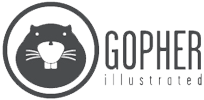
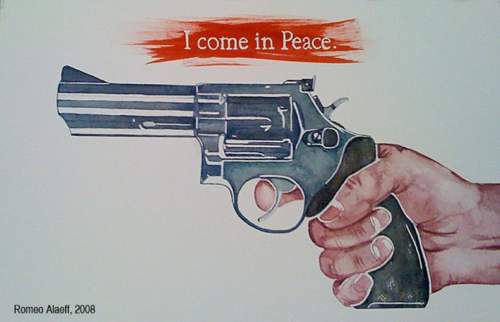
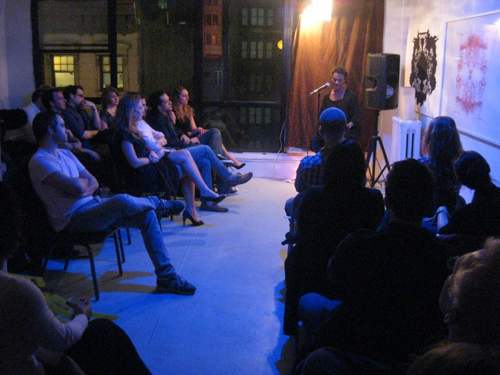
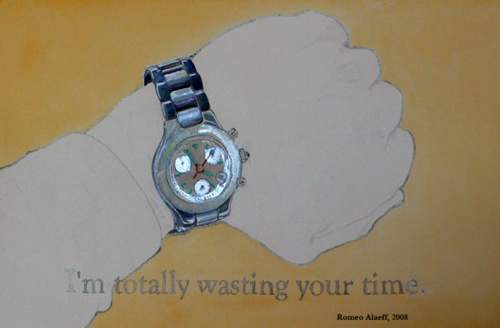
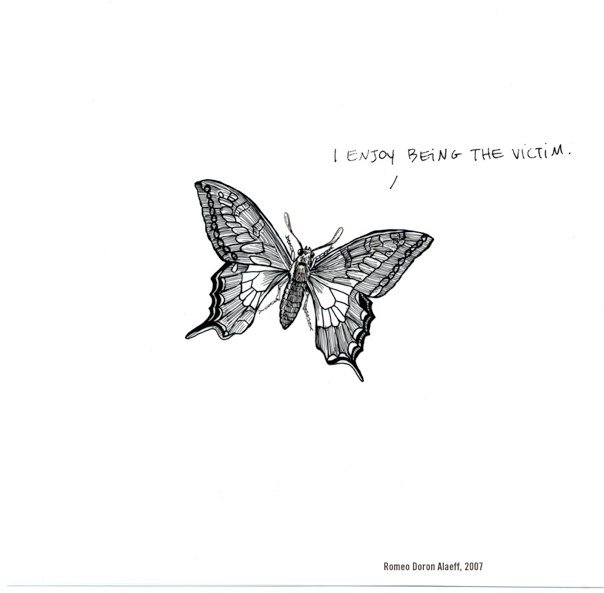
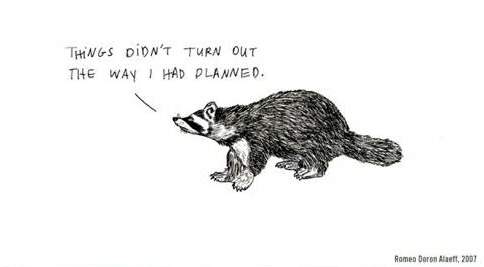
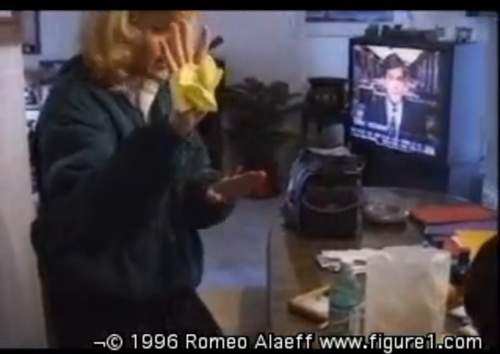
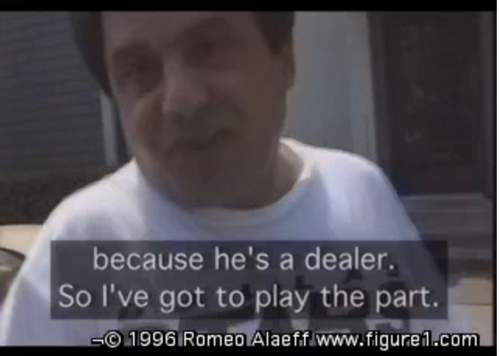
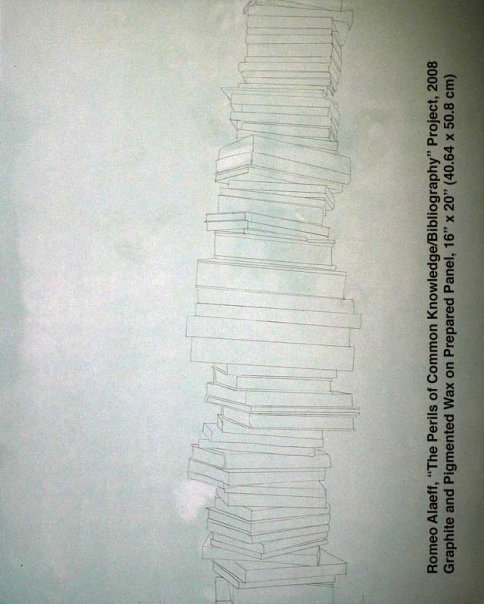
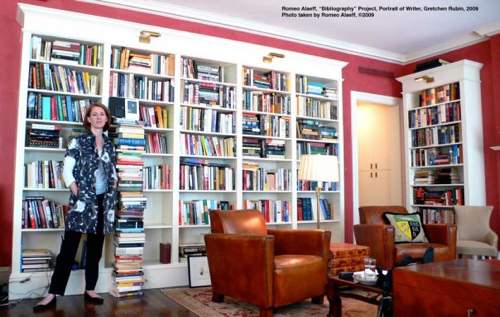
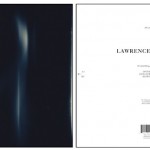

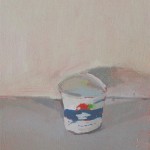

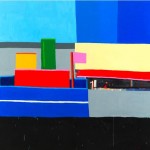
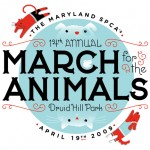

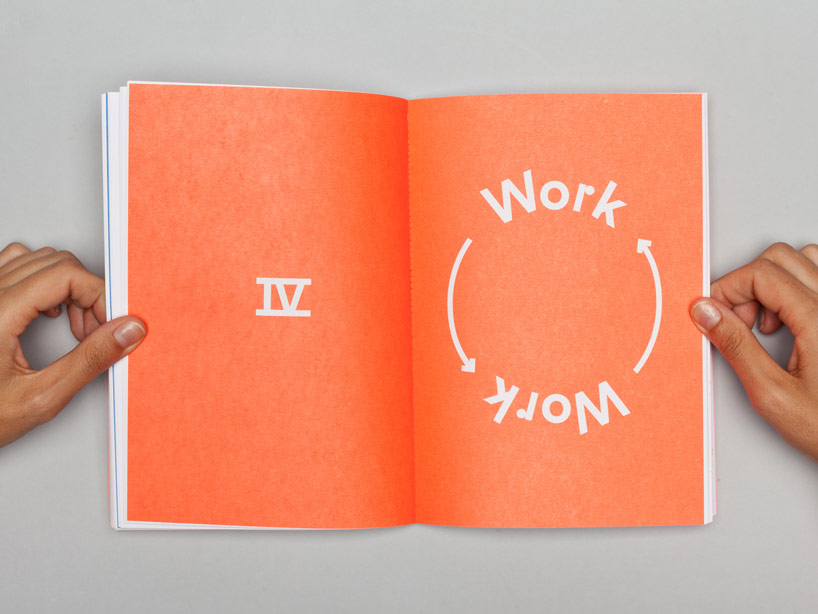

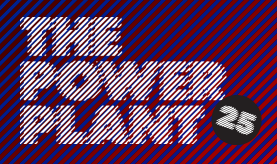
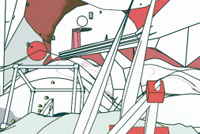
Leave a Reply